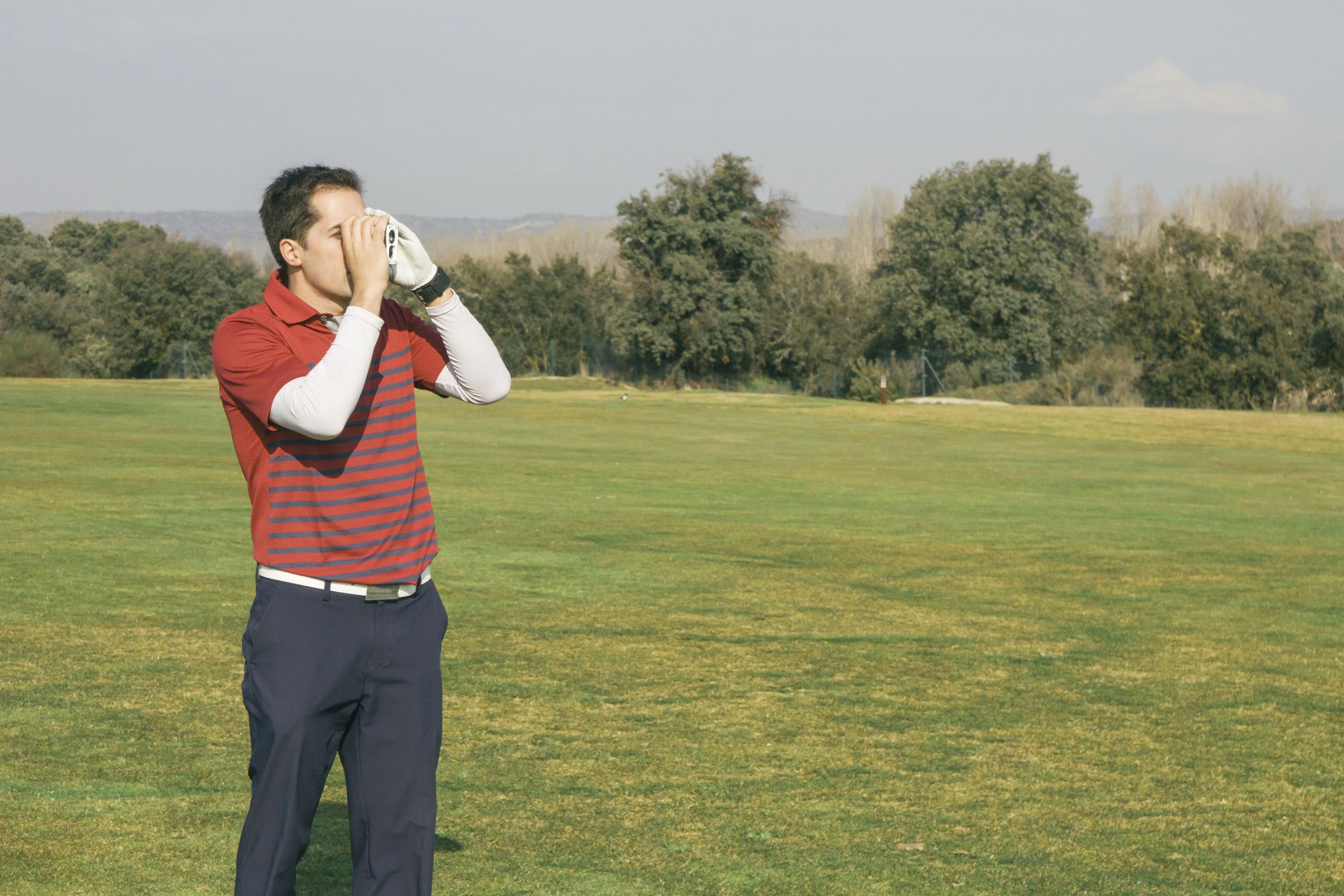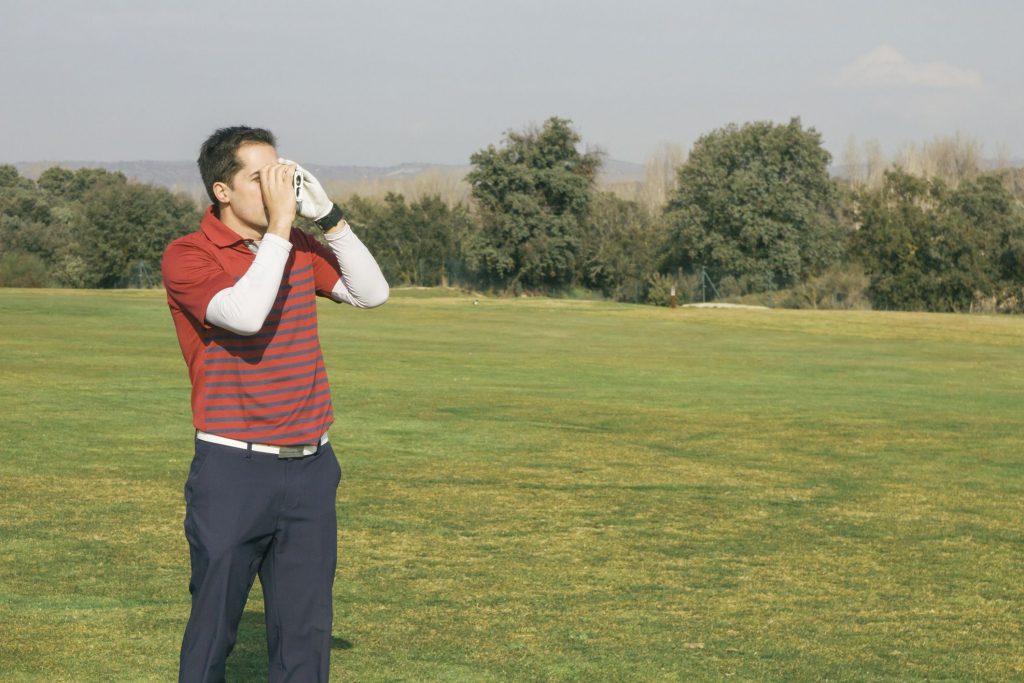There are two sorts of rangefinders on the market that you can use on the golf course to help you: GPS and laser rangefinders. Because they employ readings to known places on the course, GPS rangefinders take less time to determine your distance to the hole or other spots on the golf course. Depending on the sort of service you chose, they need that the course be charted and that you pay a massive monthly subscription. Laser rangefinders, but in the other hand, do not necessitate a course map. They take more time to get a distance than a GPS-based finder and are only as perfect as the golfer who uses them. The tennis match has become synonymous with accuracy and head movement. On the course, distance markers are placed at fifty-yard angles from the blue to the surveillance mark. For experienced players who require precision in club and passing skills, this is insufficient. To identify the most suitable club and assess whether to hit a full or three-quarter shot, competent golfers doing each to within one yard. Even beginners who haven’t perfected their distance control to the same degree as expert players require more precise information than what is available on the golf course. Yes, it can be measured in multiple steps, but it isn’t as precise as a range finder.

Range finders have allowed this to happen, and they are now a must-have in your bag, whether you’re on the driving range or on the course. This allows you to acquire precise distances and fine-tune your swing to hit the target with different clubs. Having the capacity to hit a distances with more than one club expands your possibilities depending on context. Rangefinders are available in a variety of formats, each with its own set of advantages. GPS rangefinders, Laser rangefinders, and Optical rangefinders are the three most often used rangefinders. That can provide exact distances, GPS rangefinders rely on GPS satellite triangulation. This is the same technology that is used in navigation, and it is effective to being within five yards of the target in most cases.
Laser rangefinders work by bouncing a laser beam off a reflecting surface on the target. Many golf courses use reflective coating on the pins and other potential targets around the course. These rangefinders are more accurate than GPS, with precision ranging from one yard to one tenth of a yard. Optical prime lenses, which have lenses on one end of the instrument, are the least popular of the rangefinders with lenses across one end. The rangefinder estimates the target’s height and translates it to a distance using a built-in scale when you zoom in on it. Slope options allow a rangefinder to determine distance while taking into account the slope. In most events, the use of slope calculation is prohibited.

Before joining a competition, it’s always a good idea to check if rangefinders are permitted. The pin isn’t the sole way to measure distance. You may need to calculate the distance to either a hazard or the distance needed to clear a hazard on occasion. Most spotting scopes are capable of doing so with reasonable accuracy. Although it is not used to measure the distance to the flag on par four and par five holes off the tee, it is frequently used to determine the distance to any hazards to aid in club selection. After all, if there are bunkers within easy reach, you don’t want to utilize a driver. This will greatly simplify course management. For more info, visit https://www.topgolfrangefinders.com/.

